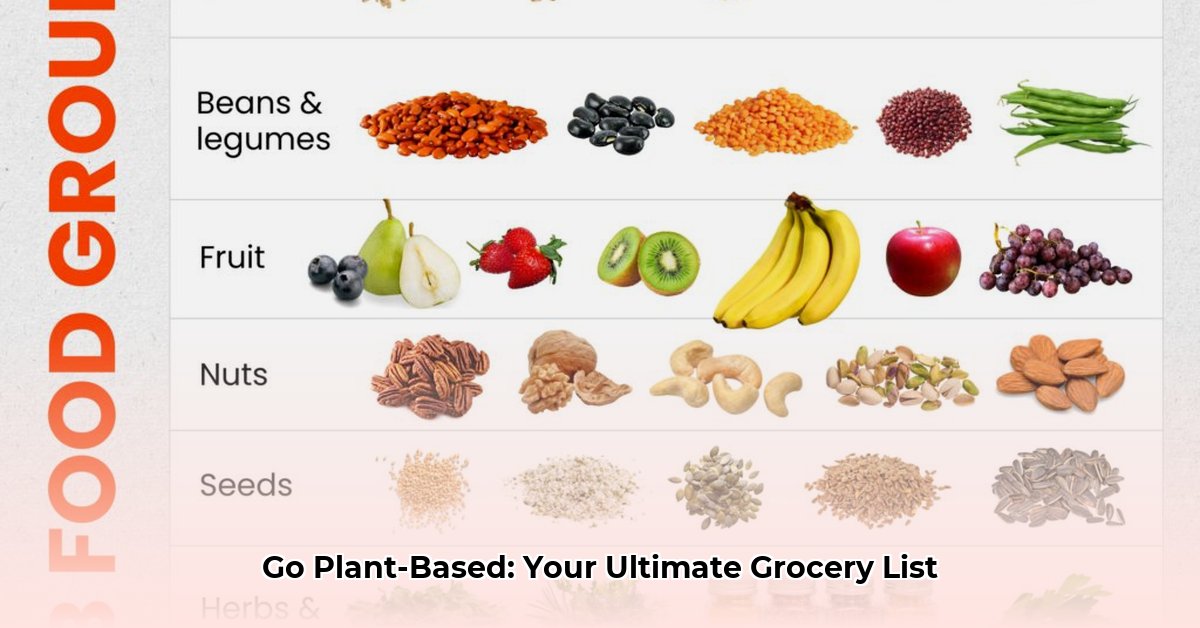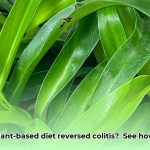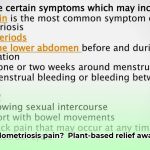Going plant-based can seem like a big jump, but it’s easier than you think! This guide will walk you through creating your very own grocery list for a delicious and healthy whole-foods, plant-based diet. Whether you’re just starting out or want to improve your current plant-based meals, this list—with tips from the experts—will make healthy eating simple and fun. We’ll cover all the basics, from fruits and veggies to pantry staples, plus clever swaps for animal products. For more detailed guidance, check out this helpful plant-based grocery list. Get ready to build your healthy grocery list and start eating clean and green today!
Your Guide to a Thriving Plant-Based Kitchen: The Ultimate Grocery List
Embarking on a whole food plant-based diet doesn’t have to be overwhelming. This comprehensive grocery list is your roadmap to a vibrant, nutritious, and delicious lifestyle. We’ll cover everything from selecting the freshest produce to stocking your pantry with essential staples, plus offer tips on how to make smart choices and build a sustainable eating plan. Let’s create a shopping list that sets you up for success!
Fruits & Vegetables: The Colorful Foundation of Your Plate
A plant-based diet is a celebration of flavors and textures. Load up your cart with a rainbow of fruits and vegetables, aiming for a variety of colors and types each week. Prioritize seasonal and local produce whenever possible for the best flavor and nutritional value.
- Leafy Greens: Spinach, kale, romaine lettuce, Swiss chard, collard greens. These are nutritional powerhouses, perfect for salads, smoothies, or sautéed as a side dish.
- Cruciferous Vegetables: Broccoli, cauliflower, cabbage, Brussels sprouts. Rich in vitamins and antioxidants, roast them, steam them, or add them to stir-fries.
- Colorful Vegetables: Bell peppers (red, orange, yellow), tomatoes, carrots, beets, eggplant, zucchini. These add vibrant color and diverse nutrients to your meals.
- Root Vegetables: Sweet potatoes, potatoes, carrots, parsnips, turnips. These are filling, satisfying, and packed with vitamins and fiber.
- Fruits: Berries (strawberries, blueberries, raspberries), apples, bananas, oranges, peaches, melon, grapes. Enjoy as snacks, desserts, or add them to your breakfast.
Aim for at least five servings of fruits and vegetables a day, incorporating a variety of colors and types.
Legumes: Protein Powerhouses and Budget-Friendly Filling Foods
Beans and lentils are essential staples for a whole food plant-based diet. Low in fat, high in protein and fiber, and incredibly versatile, they’ll keep you feeling full and satisfied.
- Beans: Black beans, kidney beans, chickpeas, pinto beans, navy beans, white beans. Use them in soups, stews, salads, tacos, or make your own bean burgers.
- Lentils: Green lentils, red lentils, brown lentils, French lentils. Cook them in soups, stews, or use them as a filling for wraps.
- Edamame: A complete protein source, enjoy steamed edamame as a snack or add it to salads and stir-fries.
Choose dried beans and lentils for the most economical option, or canned (low-sodium) for convenience. Rinse canned beans thoroughly before using to reduce sodium content.
Grains: Fueling Your Body with Whole Grain Goodness
Opt for whole grains over refined grains for sustained energy, fiber, and essential nutrients.
- Whole Grains: Brown rice, quinoa, oats (steel-cut or rolled), barley, farro, millet. These are versatile and can be used in a variety of dishes.
- Whole Wheat Bread and Pasta: Choose bread and pasta made with 100% whole wheat flour.
- Corn Tortillas: A gluten-free option for tacos, quesadillas, and wraps.
Look for products that list “whole” as the first ingredient on the label.
Nuts & Seeds: Healthy Fats and Satisfying Crunch Amplifiers
Nuts and seeds are valuable sources of healthy fats, protein, fiber, and essential nutrients.
- Nuts: Almonds, walnuts, cashews, pecans, peanuts, pistachios. Eat them as snacks, add them to salads, or use them in recipes.
- Seeds: Chia seeds, flaxseeds, sunflower seeds, pumpkin seeds, hemp seeds. Sprinkle them on salads, yogurt, or add them to smoothies.
- Nut Butters: Almond butter, peanut butter, cashew butter, tahini (sesame seed butter). Choose natural nut butters without added sugar or oil.
Consume nuts and seeds in moderation due to their high calorie content.
Dairy Alternatives: Creamy Plant-Based Swaps
Embrace the wide variety of plant-based dairy alternatives available today.
- Plant-Based Milks: Almond milk, soy milk, oat milk, cashew milk, rice milk, coconut milk. Choose unsweetened varieties and look for options fortified with calcium and vitamin D.
- Plant-Based Yogurts: Soy yogurt, cashew yogurt, coconut yogurt, oat yogurt. Opt for plain, unsweetened varieties and add your own fruit and sweeteners.
- Plant-Based Cheese Alternatives: While some plant-based cheese alternatives can be highly processed, there are some options made with nuts, seeds, or vegetables. Use these sparingly as occasional treats.
Experiment with different brands and varieties to find your favorites.
Plant-Based Protein Boosters: Expanding Beyond Legumes
Tofu and tempeh are versatile and protein-rich plant-based options.
- Tofu: Made from soybeans, tofu is available in a variety of textures, from silken to extra-firm. Use it in stir-fries, scrambles, soups, or bake it for a crispy texture.
- Tempeh: Made from fermented soybeans, tempeh has a nutty flavor and a firm texture. Use it in sandwiches, stir-fries, or crumble it into sauces.
- Seitan: Made from wheat gluten, seitan has a chewy texture and a high protein content. Use it in stir-fries, sandwiches, or stews.
Tofu and tempeh are excellent sources of protein and can be used in a variety of dishes.
Pantry Power Players: Flavor Enhancers and Essential Ingredients
Stock your pantry with these staples to create delicious and flavorful plant-based meals.
- Olive Oil: Use extra virgin olive oil for dressings and low-heat cooking, and refined olive oil for higher-heat cooking.
- Vinegar: Apple cider vinegar, balsamic vinegar, rice wine vinegar, white vinegar. Use them in dressings, marinades, and sauces.
- Spices and Herbs: Stock up on a variety of spices and herbs to add flavor to your dishes.
- Nutritional Yeast: A deactivated yeast with a cheesy flavor, perfect for adding flavor to sauces, soups, and snacks.
- Low-Sodium Vegetable Broth: Use it as a base for soups, stews, and sauces.
- Canned Tomatoes: Diced tomatoes, crushed tomatoes, tomato sauce, tomato paste. Use them as a base for sauces, soups, and stews.
- Sweeteners: Maple syrup, agave nectar, dates. Use these sparingly as natural sweeteners.
- Condiments: Mustard, salsa, hot sauce, soy sauce (low-sodium), tamari (gluten-free soy sauce).
A well-stocked pantry is essential for creating delicious and convenient plant-based meals.
Frozen Friends: Convenience Without Compromising on Nutrition
Frozen fruits and vegetables are a convenient and nutritious option, especially when fresh produce is not in season.
- Frozen Fruits: Berries, bananas, mangoes, peaches. Add them to smoothies, oatmeal, or yogurt.
- Frozen Vegetables: Broccoli, spinach, peas, corn, green beans. Add them to stir-fries, soups, or steam them as a side dish.
Frozen fruits and vegetables are often picked at their peak ripeness and frozen immediately, preserving their nutrients.
Building Your List: A Step-by-Step Approach for Success and Long-Term Adherence
- Plan Your Meals: Before heading to the store, plan out your meals for the week. This will help you create a focused shopping list and avoid impulse purchases.
- Check Your Pantry: Take inventory of what you already have on hand to avoid buying duplicates.
- Use This List as a Guide: Refer to this comprehensive grocery list as a starting point and customize it to your specific needs and preferences.
- Shop Strategically: Prioritize fresh, whole foods first, then fill in the gaps with canned and frozen options.
- Read Labels Carefully: Pay attention to ingredient lists and nutrition facts panels to make informed choices.
Remember, building a sustainable whole-food plant-based diet is a journey, not a destination. Experiment with new recipes, explore different cuisines, and have fun discovering your favorite plant-based foods. The most important thing is to create a healthy and enjoyable eating plan that works for you.
How to Craft a Sustainable Plant-Based Grocery List for a Fresh Start
Key Takeaways:
- Emphasize minimally processed, whole plant foods.
- Center your diet around nutrient-dense choices like fruits, vegetables, legumes, whole grains, nuts, and seeds.
- Consider your budget and convenience when choosing minimally processed options like canned beans or frozen fruits.
*
- Plant-Based Diets for Breast Cancer Patients: Improve Outcomes Now - December 19, 2025
- Plant-based Diet Colitis Remission: Success Stories - December 18, 2025
- Plant Based Diet Breast Cancer: Research-Based Benefits - December 16, 2025










